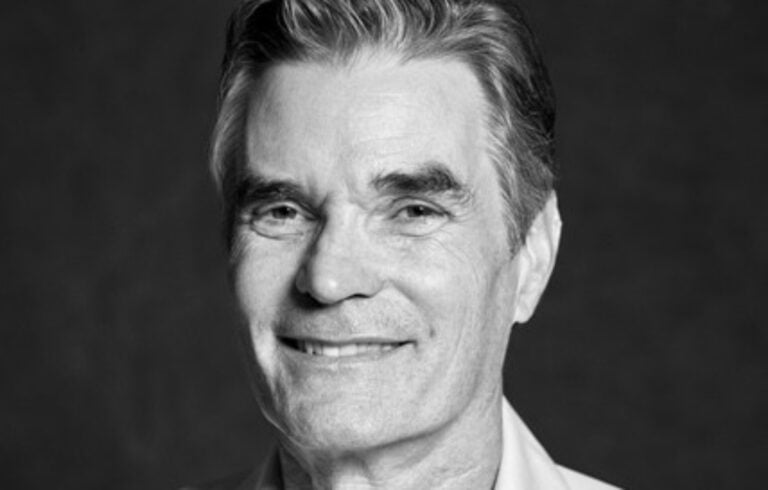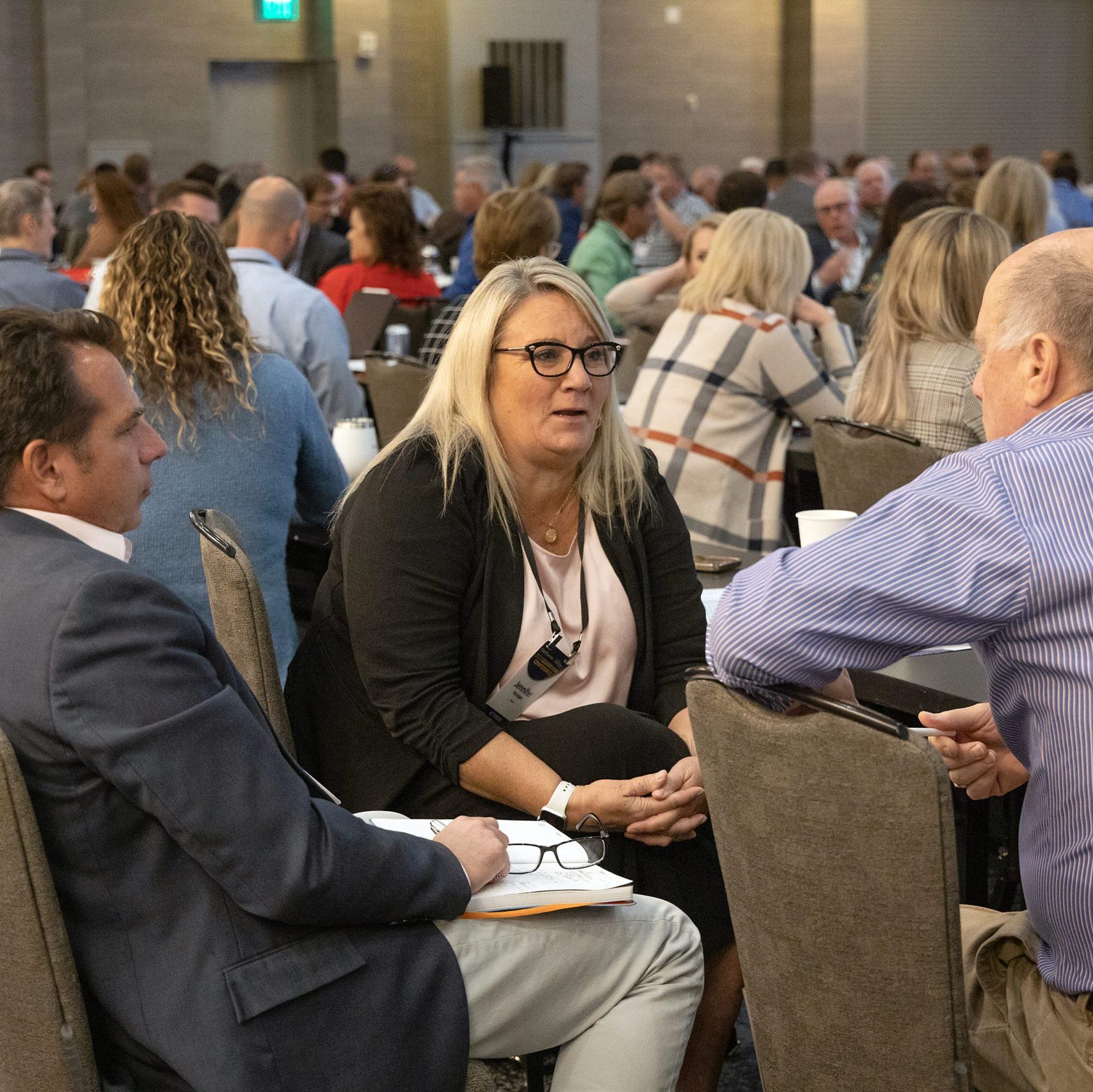


Organizations must continuously evolve to remain competitive in today’s rapidly changing marketplace. Yet while tools, platforms and market strategies evolve at breakneck speed, one crucial variable remains constant: leadership mindset. Leaders who excel are not merely more skilled—they think differently.
As a certified executive from Harvard Business School and the Wharton School, a C-IQ and neuroscience-based leadership coach, and a consultant to Fortune 100 firms and federal and state agencies, I’ve observed that the highest-performing leaders distinguish themselves by their ability to adopt specific, advanced mental frameworks. These leaders align neuroscience-based behavior, productivity best practices and organizational culture-building in a way that fuels sustainable business results.
While themes like growth mindset and agile management are well-documented, what’s new—and urgently needed—is a framework that integrates behavioral neuroscience, productivity science and strategic coaching into four specific leadership mindset shifts. These shifts serve as differentiators that drive team engagement, innovation and long-term performance.
Red flag: You’re reviewing every decision and all approvals and notice that employees don’t take the initiative without checking with you first. Team members hesitate to share bold ideas or take risks.
Mindset shift: Shift from “I must control outcomes” to “I empower outcomes.” High-performing leaders trust their teams. Rather than micromanaging, they set clear outcomes, remove barriers and coach their teams to act autonomously.
Research shows empowered employees are 67 percent more willing to go above and beyond and 21 percent more productive (Gallup, 2023). At Google, Project Oxygen found that top managers empower teams rather than micromanage—directly linking empowerment to innovation and performance.
Leaders who rely on top-down control hinder speed and creativity in fast-paced tech environments. Empowerment is not relinquishing responsibility—it’s redistributing it wisely. Empowerment activates the brain’s dopamine systems in neuroscience, enhancing creativity and intrinsic motivation.
Practical Step: Delegate a high-stakes project to a team member who hasn’t led before. Define success, clarify constraints and step back. Offer support if asked, but resist taking over. Afterward, reflect with the team on what worked. Repeat this until it becomes cultural.
Red flag: Your team clings to rigid plans even as market conditions or customer behaviors change. Feedback loops are absent, and strategic plans are rarely revised once published.
Mindset shift: Shift from “stick to the plan” to “learn and iterate.” In dynamic industries like tech and fintech, adaptability is a competitive advantage. High-performing leaders frame goals as hypotheses to be tested and evolved, not commandments to follow blindly.
A 2024 Zenger/Folkman study of 6,000 leaders found that those highly adaptable ranked in the 90th percentile of effectiveness. Meanwhile, leaders resistant to change rated below the 20th percentile.
Satya Nadella’s leadership at Microsoft exemplifies this. He replaced a “know-it-all” culture with a “learn-it-all” culture. This cultural shift helped Microsoft reassert itself in the cloud space and reestablish relevance in AI.
Neuroscience supports this, too—when leaders embrace uncertainty as an opportunity, they prime the brain’s prefrontal cortex for learning and innovation.
Practical Step: Incorporate “decision retrospectives” every quarter. Identify which goals held up under change and which need recalibration. Encourage your team to treat plans as prototypes. This mirrors Agile and Scrum in software: plan in sprints, adapt frequently and reflect often.
Red flag: You’re the main point of contact for every key client or decision. No clear successor has been developed. High turnover persists, and team morale is stagnant.
Mindset shift: Shift from “my performance drives outcomes” to “our collective capability drives outcomes.” Top leaders realize their real legacy isn’t what they accomplish individually but how well they grow others.
According to Gallup, companies that invest in employee development report 11 percent higher profitability and are twice as likely to retain talent. In contrast, leadership bottlenecks result in team burnout and underperformance.
Google’s Project Aristotle found psychological safety—the ability to speak up and share ideas without fear—was the #1 factor in high-performing teams. This requires a leader focused on developing people, not dominating processes.
The leadership model at Stripe, a leading fintech firm, fosters mentorship and distributed decision-making. Engineers aren’t managed as code producers but as owners of outcomes. This leads to scalable innovation and rapid problem-solving.
Practical step: Hold bi-weekly “coaching check-ins” with team members—focused not on deliverables but on career development and leadership goals. Rotate project leads on significant initiatives. Shift recognition from solo wins to team milestones in all-hands meetings.
Red flag: Decisions prioritize immediate revenue or cost savings at the expense of long-term capabilities—cutting training budgets, delaying infrastructure investment or ignoring employee burnout.
Mindset shift: Shift from “win now” to “win over time.” High-performing leaders resist short-termism. They balance today’s goals with tomorrow’s opportunities—investing in talent, brand, R&D and ESG.
A McKinsey Global Institute study found that long-term-oriented companies outperformed others with 47 percent higher revenue and 36 percent more earnings over 15 years. These companies also created more jobs and sustained innovation.
Bezos at Amazon famously warned investors of multi-year investment periods before profitability. That long-term orientation ultimately built an enduring enterprise. Likewise, fintechs like Wise and Revolut made strategic sacrifices early to build global trust infrastructures before scaling.
Today, 88 percent of investors evaluate companies on ESG, and customers expect alignment between values and business models (PwC, 2023)—leaders who think beyond the next quarter future-proof their organizations.
Practical step: Adopt a “dual-metric” model: track quarterly KPIs and 3-year strategic goals. For example, customer lifetime value or innovation velocity (e.g., new patents filed or percent of revenue from new products). Share these with stakeholders and link them to executive incentives.
Create a “pre-mortem” session with your executive team: Imagine your company failed five years from now—what decisions would have led to that outcome? This exercise often exposes risky short-term habits masked as urgency.
Adopting these four mindset shifts requires intention, reflection and consistent practice. But the rewards are substantial: higher engagement, faster innovation and long-lasting business impact. The most effective leaders I work with across federal agencies and global corporations are not just experts in their fields—they are students of mindset. And that makes all the difference.
As we move into a future defined by uncertainty and possibility, the leaders who rise will shift not just what they do—but how they think.



0

1:00 - 5:00 pm
Over 70% of Executives Surveyed Agree: Many Strategic Planning Efforts Lack Systematic Approach Tips for Enhancing Your Strategic Planning Process
Executives expressed frustration with their current strategic planning process. Issues include:
Steve Rutan and Denise Harrison have put together an afternoon workshop that will provide the tools you need to address these concerns. They have worked with hundreds of executives to develop a systematic approach that will enable your team to make better decisions during strategic planning. Steve and Denise will walk you through exercises for prioritizing your lists and steps that will reset and reinvigorate your process. This will be a hands-on workshop that will enable you to think about your business as you use the tools that are being presented. If you are ready for a Strategic Planning tune-up, select this workshop in your registration form. The additional fee of $695 will be added to your total.

2:00 - 5:00 pm
Female leaders face the same issues all leaders do, but they often face additional challenges too. In this peer session, we will facilitate a discussion of best practices and how to overcome common barriers to help women leaders be more effective within and outside their organizations.
Limited space available.

10:30 - 5:00 pm
General’s Retreat at Hermitage Golf Course
Sponsored by UBS
General’s Retreat, built in 1986 with architect Gary Roger Baird, has been voted the “Best Golf Course in Nashville” and is a “must play” when visiting the Nashville, Tennessee area. With the beautiful setting along the Cumberland River, golfers of all capabilities will thoroughly enjoy the golf, scenery and hospitality.
The golf outing fee includes transportation to and from the hotel, greens/cart fees, use of practice facilities, and boxed lunch. The bus will leave the hotel at 10:30 am for a noon shotgun start and return to the hotel after the cocktail reception following the completion of the round.